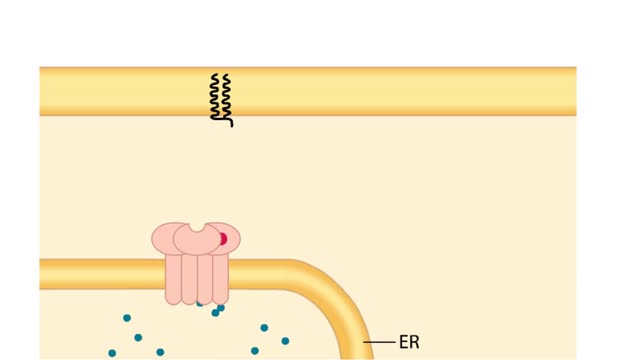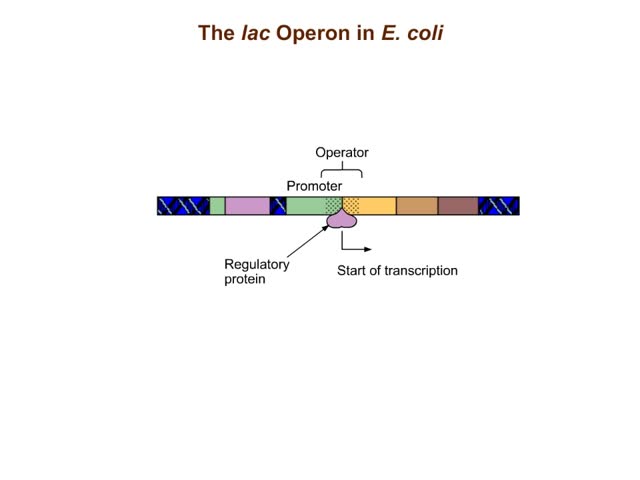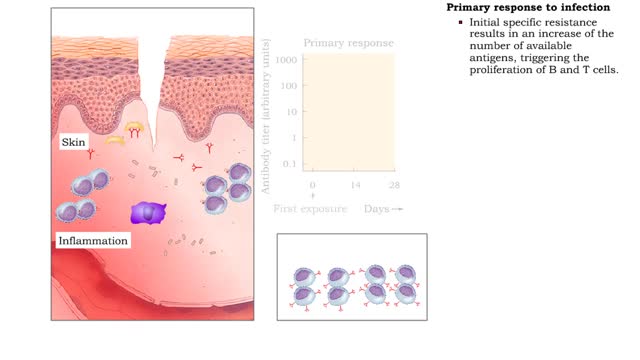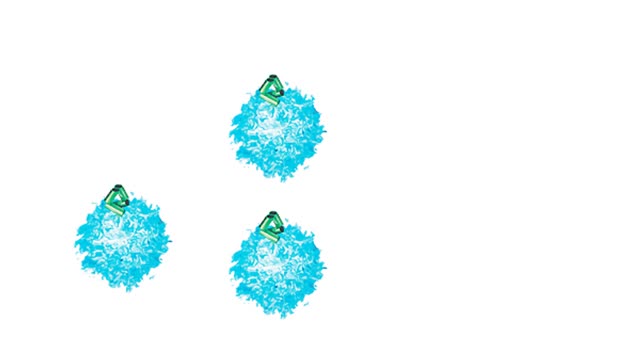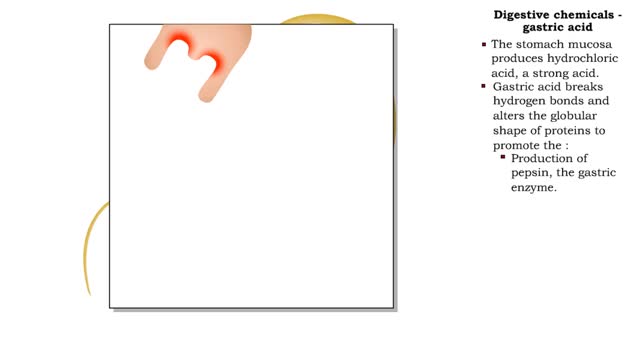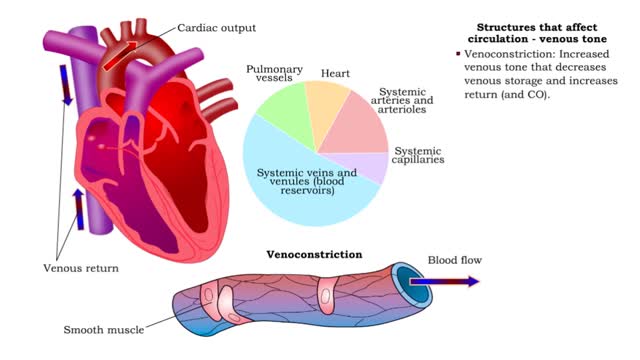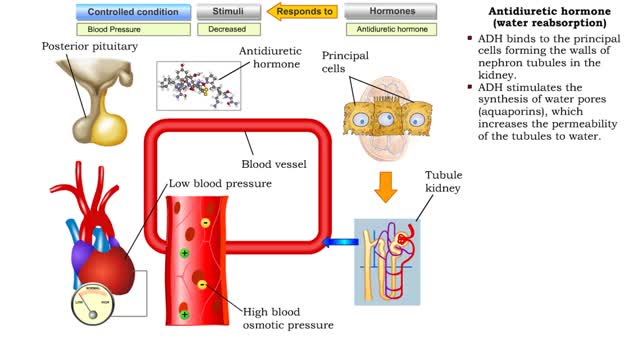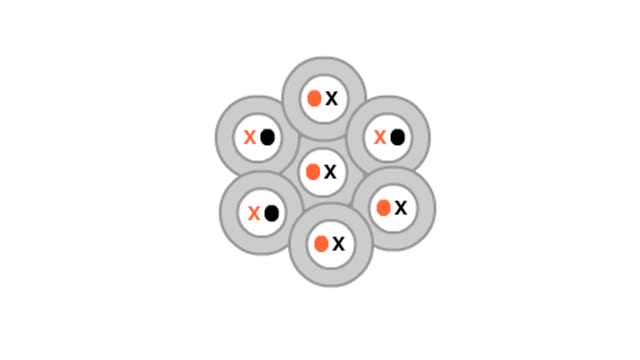Search Results
Results for: 'Factors that increase metabolic rate and heat production'
Second Messengers in the Inositol-lipid Signaling Pathway
By: HWC, Views: 10189
Extracellular signals produce specific responses in target cells through the action of intracellular second messengers. Here, we focus on three second messengers, IP3, DAG, and Ca2+, all involved in the inositol-lipid signaling pathway. A hormone-receptor signal on the cell surface leads to the a...
By: Administrator, Views: 15158
The lac operon (lactose operon) is an operon required for the transport and metabolism of lactose in Escherichia coli and many other enteric bacteria. Although glucose is the preferred carbon source for most bacteria, the lac operon allows for the effective digestion of lactose when glucose is no...
Primary and secondary response to infection
By: HWC, Views: 10895
• Pathogens enter the body by penetrating the non-specific barriers in the skin and mucus membranes. • Pathogens first encounter macrophages and natural killer cells that carry out phagocytosis and cytolysis respectively. • A pathogen's first encounter with the immune system can promo...
Cell mediated immune response to a viral infection Animation
By: HWC, Views: 6972
Intracellular pathogens are the targets of cell-mediated immune response. The process begins when a virus infects a macrophage. Another macrophage engulfs the same virus or an antigen from it. In both cells, enzymes cleave the viral antigens into small bits. The fragments move to the cell sur...
Digestive chemicals - water, gastric acid, bile & bicarbonate
By: HWC, Views: 10786
• Water is the most abundant molecule in ingested fluids. • Water plays a primary role in hydrolytic digestive reactions. • Helps liquefy and transport digestive foodstuffs down the tract. • Transports secretions from accessory digestive organs to gastrointestinal tract. • Aids ...
Structures that affect circulation - kidneys and blood volume and skeletal muscle pumping
By: HWC, Views: 11690
• Kidneys regulate blood volume and blood osmolarity via salt and water reabsorption. • Increased reabsorption increases blood volume and venous return (and CO). • Decreased reabsorption Increases urine production, which decreases blood volume and venous return (and CO). • Systemi...
Interview with Person having Obsessive Compulsive Disorder
By: Administrator, Views: 13889
Obsessive–compulsive disorder (OCD) is a mental disorder in which a person feels the need to perform certain routines repeatedly (called "compulsions"), or has certain thoughts repeatedly (called "obsessions"). The person is unable to control either the thoughts or activities for more than a sh...
Antidiuretic hormone (vasoconstriction, water reabsorption & sweat inhibition)
By: HWC, Views: 10886
• Dehydration, blood loss, and low amounts of water in the blood can cause blood volume and pressure to decrease. • Neurosecretoxy cells in the posterior pituitary release antidiuretic hormone(ADH). • ADH binds to smooth muscle cells in blood vessel walls, stimulating them to vasoconstr...
X chromosome inactivation in calico cats
By: HWC, Views: 8005
X chromosome inactivation causes a mosaic tissue effect in calico cats. what makes this female calico cat "calico." Like all mammals, this cat began her life as a single cell. That cell had two X chromosomes, one from each parent. One of the chromosomes carried a dominant allele for the ...
Advertisement



